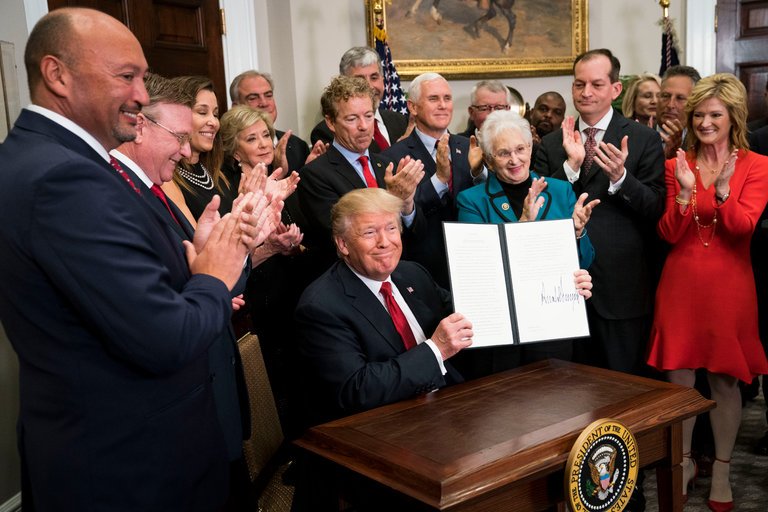Congressional Republicans immediately followed their passage of a tax bill that will have a devastating impact on public health by voting for an irresponsible spending stopgap that needlessly jeopardizes the roughly nine million American children who rely on coverage from the Children’s Health Insurance Program (CHIP). While regrettable, this sequence of events was a fitting conclusion to 2017 on Capitol Hill, where majority lawmakers showed a persistent and troubling desire to limit Americans’ access to health care.
While the stopgap bill passed by the House and Senate will fund CHIP through the end of March 2018, it continues to create reckless uncertainty as state officials who manage the program are forced to run it on a month-to-month basis. Despite the widespread bipartisan support the program has historically enjoyed, congressional leaders proved unable to reach an agreement on the usual five-year long-term spending approval that CHIP has received in the past.
Republicans also chose to punt to 2018 on health marketplace stabilization efforts that are even more urgent in the wake of the tax bill’s passage. While the proposals from Sens. Lamar Alexander (R-TN) and Patty Murray (D-WA), as well as Susan Collins (R-ME) and Bill Nelson (D-FL) will not mitigate all the damage done by individual mandate repeal, they will help lessen the negative impact from President Trump’s unilateral and dangerous decision to end stabilization funding earlier this fall.
And though both measures would have an objectively positive impact on the health marketplace congressional Republicans seem intent on destroying, it remains unclear whether the measures – together or separately – could garner a majority of support in either chamber, particularly the House of Representatives where more conservative members enjoy increasing influence.
Despite these developments, almost nine million Americans reportedly signed up for coverage during this year’s Open Enrollment period that concluded on December 15, nearly matching last year’s total. This took place despite the administration’s efforts to limit enrollment, by cutting the sign-up period in half and slashing funding for promotional efforts to educate the public. The enrollment figures are a clear sign that Washington’s focus in 2018 must turn away from creating roadblocks to health care, and instead find new ways to help Americans get and stay covered.

